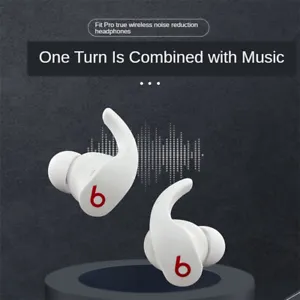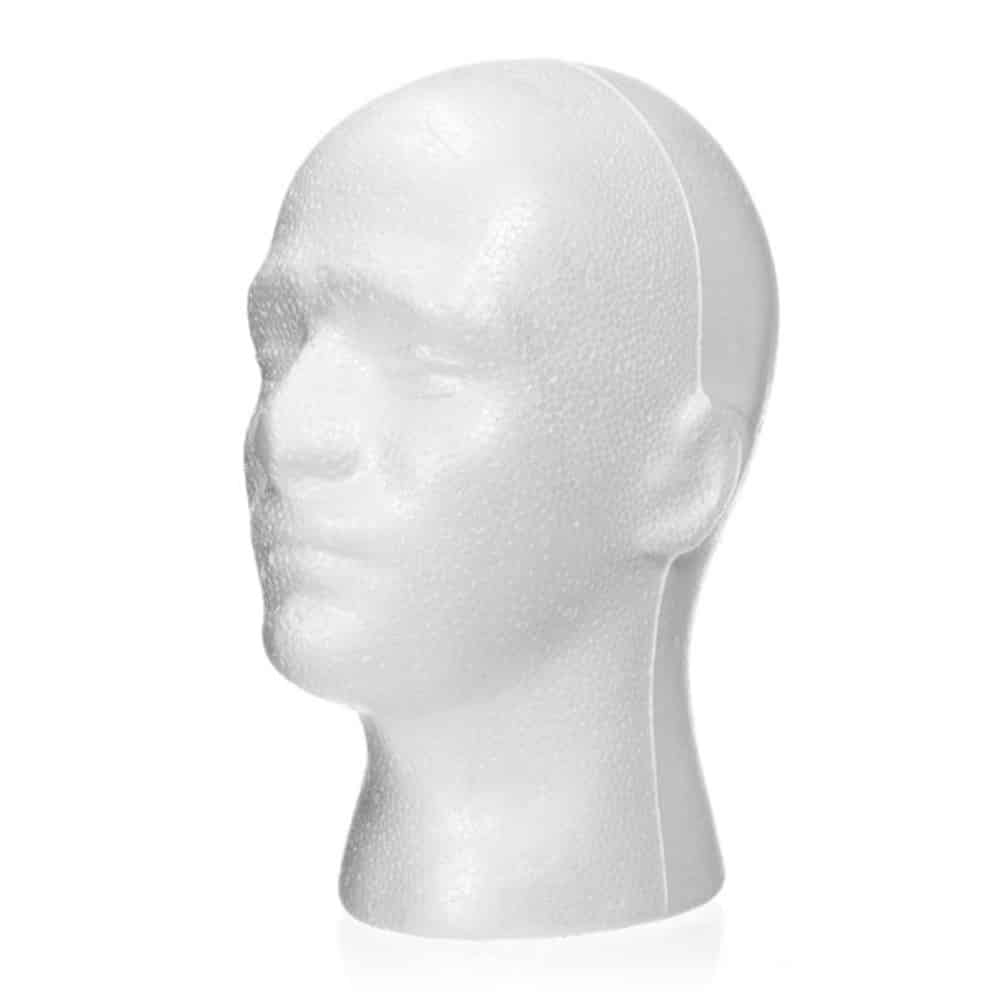




ID: 657355
SKU: 2.66E+11
Category: Wireless accessories
Tags: 30days
High-Speed Wireless Connectivity: Dual Bluetooth 4.0 Mini PCI-E WIFI Card for Dell DW1901
About this item:
– Bluetooth compatible 4.0/ Wireless Mini PCI-E WIFI Card
– For Dell DW1901
– 2.4/5GHz
– 300Mbps
– Supports Bluetooth and WIFI connection
₹1628
On preorder
Delivered in 30-60 days
On Pre-Order
Guaranteed Secure
- Guaranteed delivery
- Fast shipping
- PAN India shipping
- 100% Secure payment
- Regular orders dispatch in 48 Hours
- Pre-orders dispatch in 30-45 days
- Returns accepted
- Fast refund process
- 24/7 customer support







